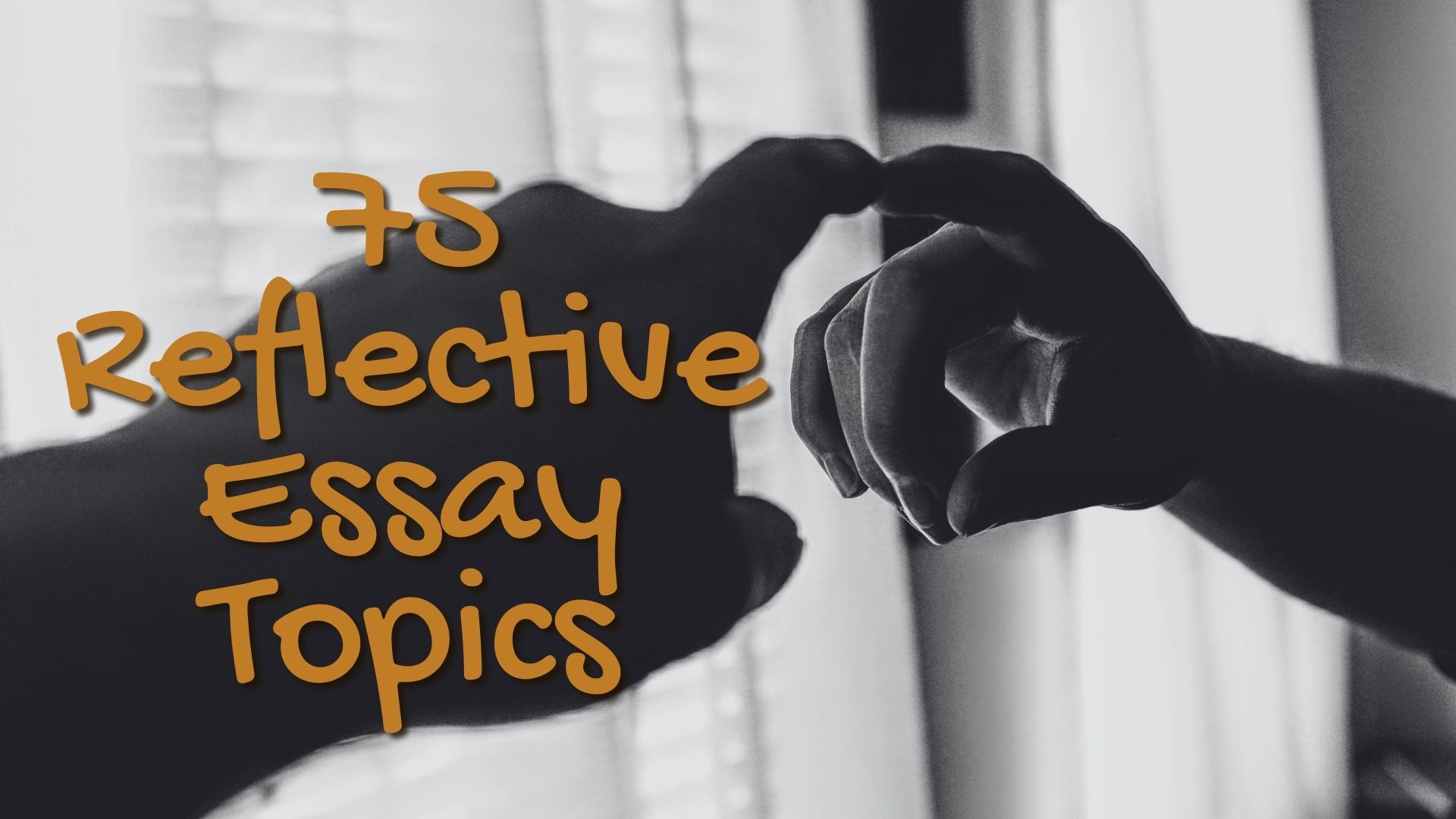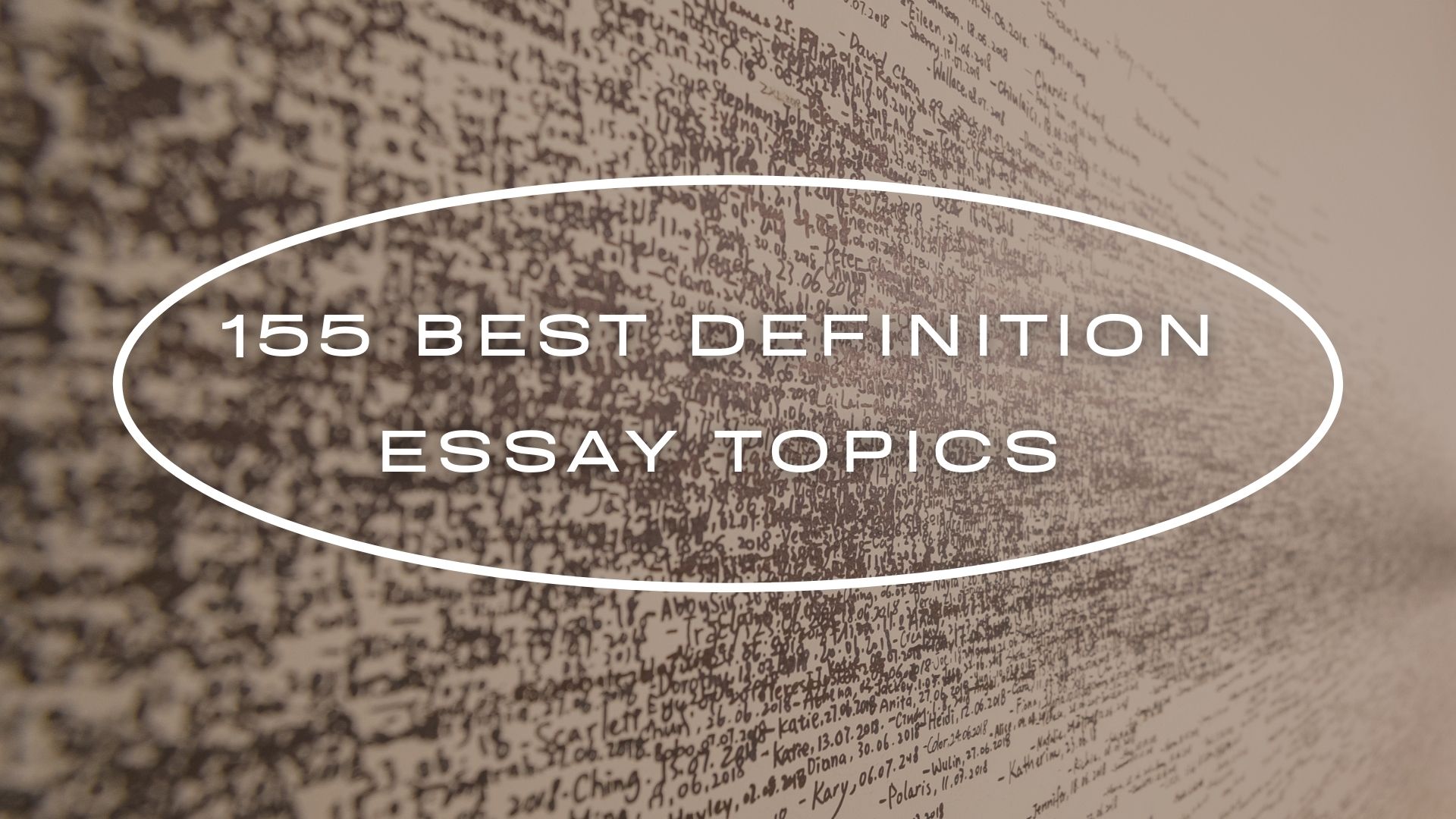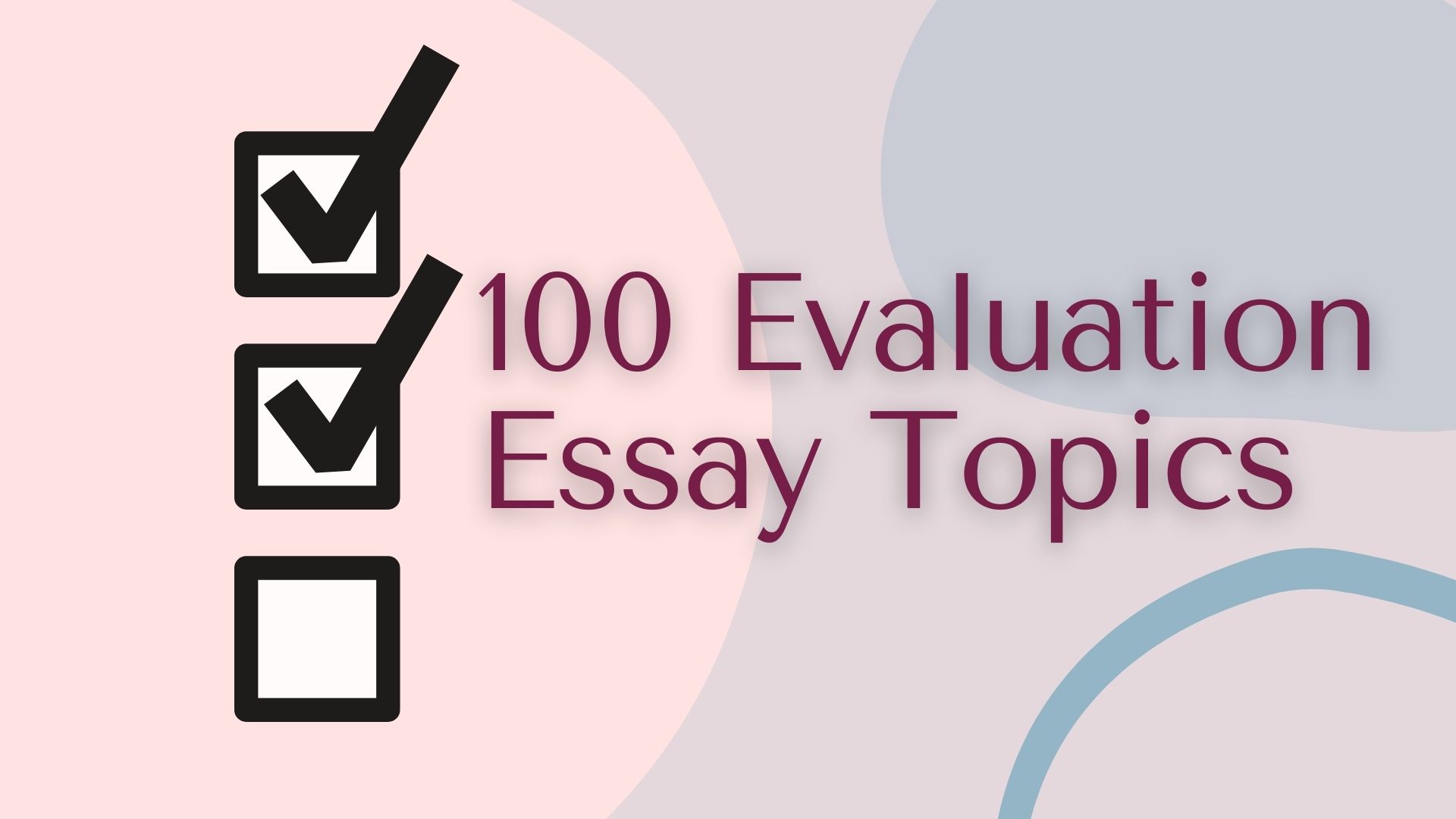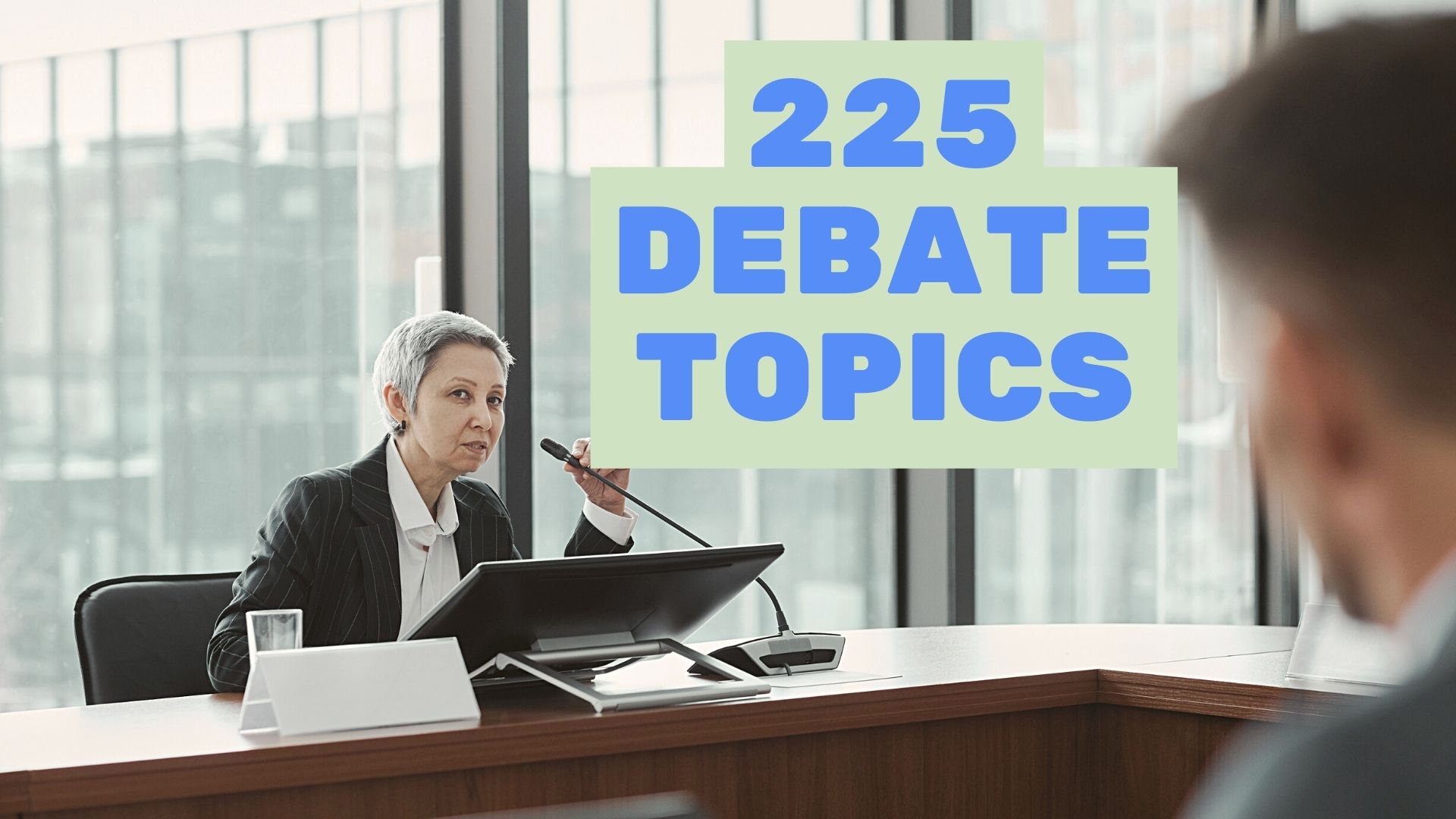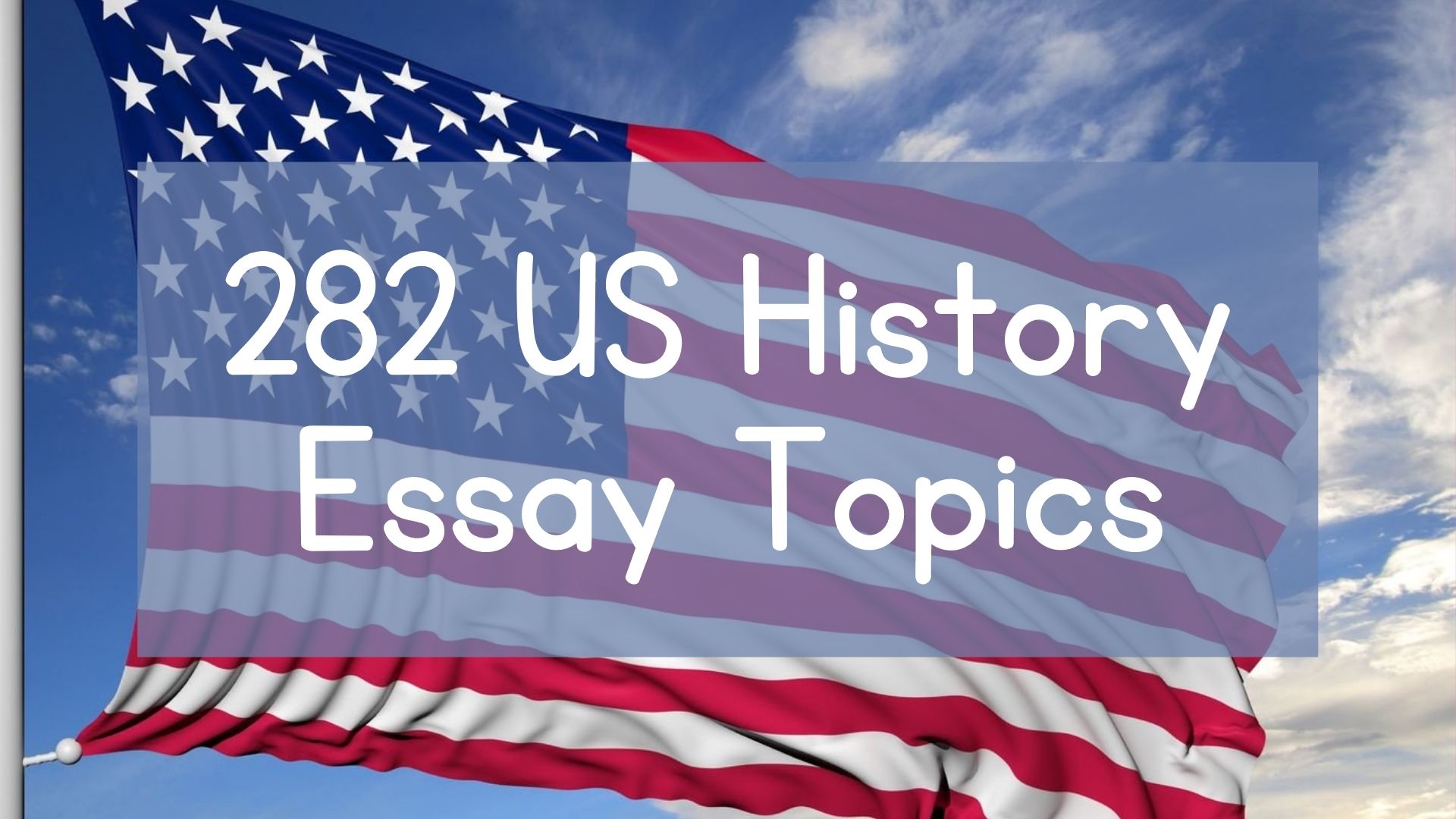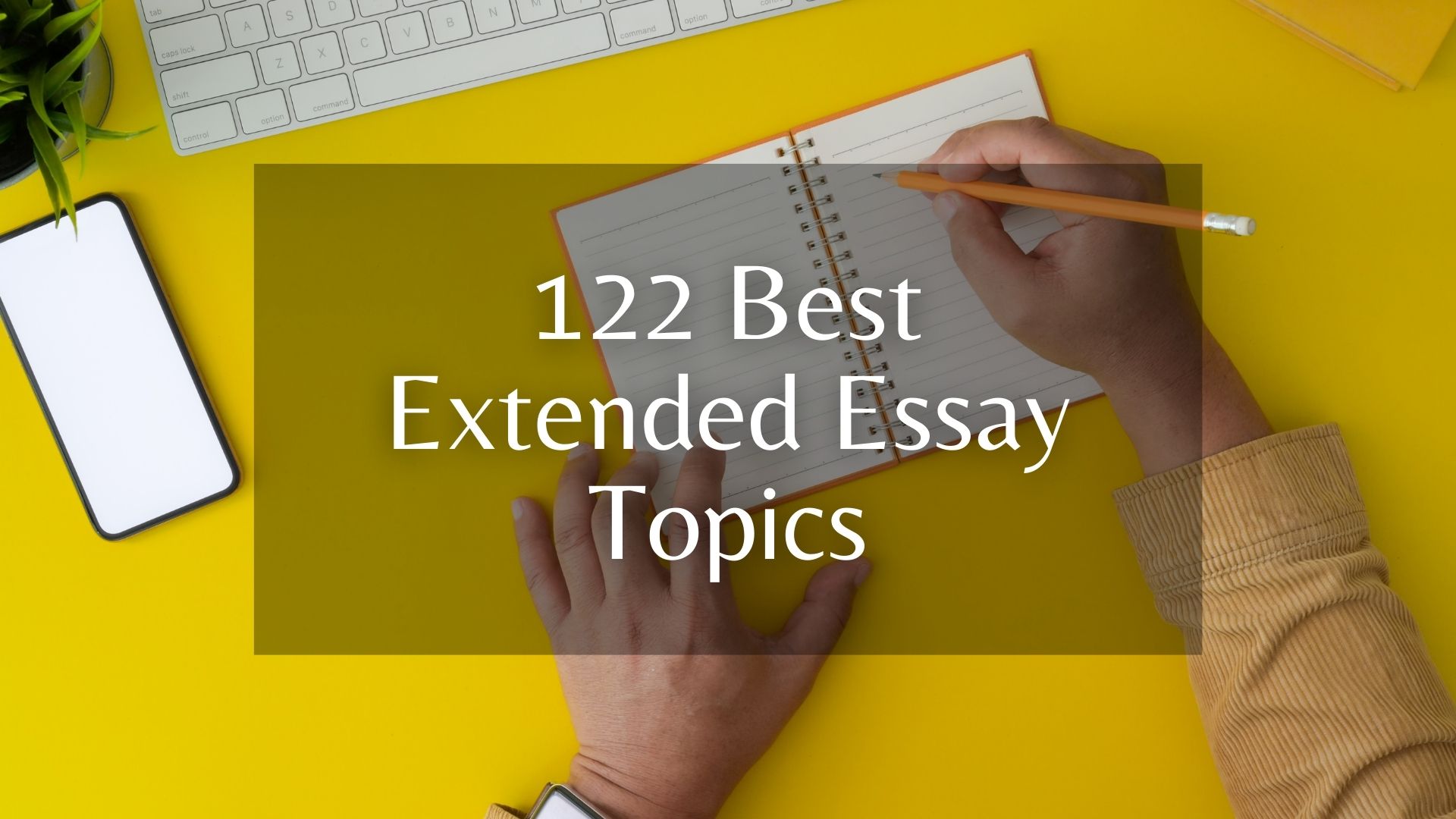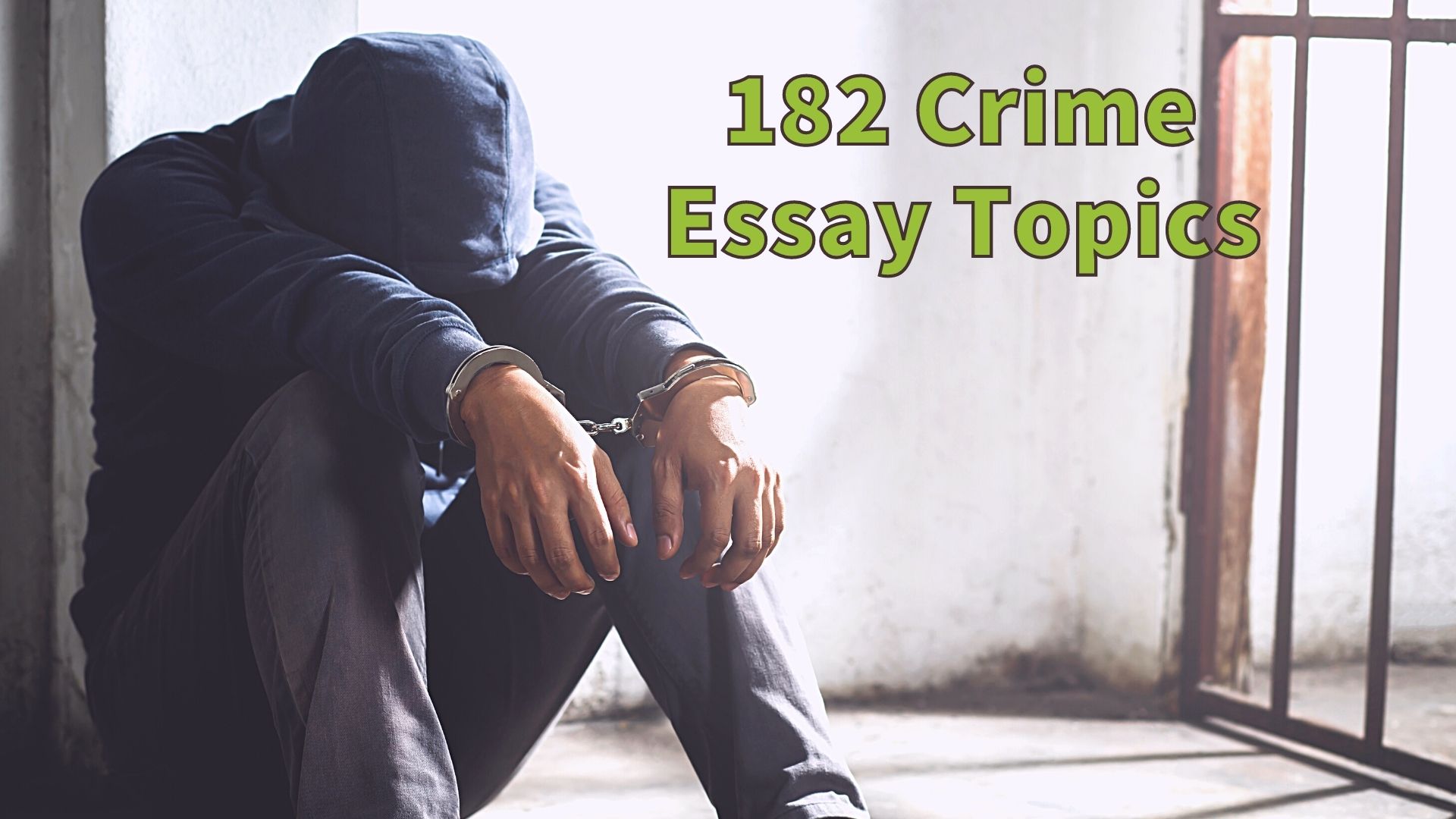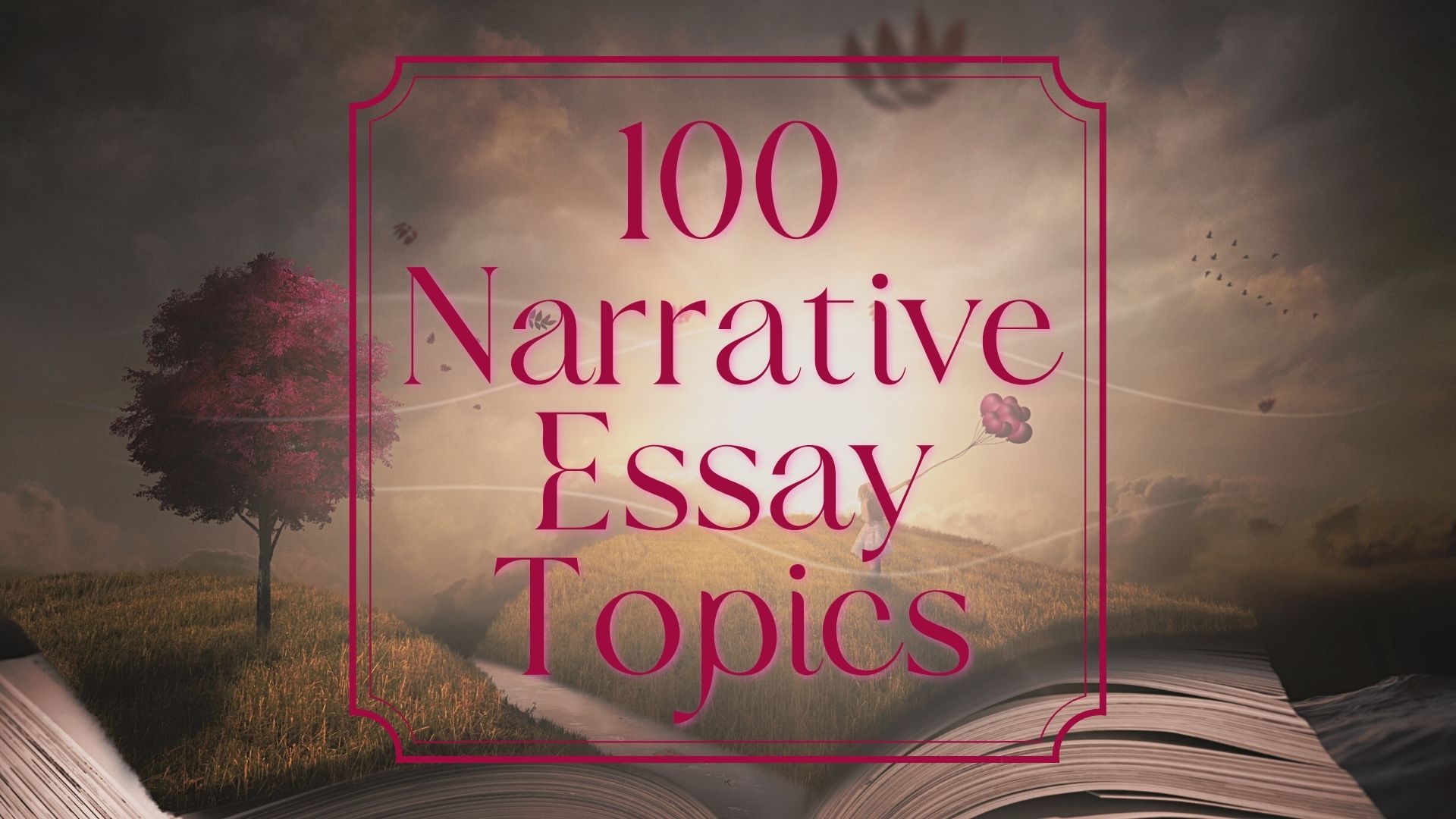I know some are already asking themselves, what are these critical lens essays? Are they camera and videography questions for journalism students only, or can they apply to everyone? Well, my friend, this article seeks to clear all your ‘what ifs’ concerning critical lens essays and give you some of the best topics for critical lens essay examples. It would help if you engaged in the learning gear and get ready to discover new ideas!
What Is A Critical Lens?
Although this may not be a familiar essay type among college and university students, it is easiest to write.
A critical lens paper gives a critical perspective or opinion of a particular piece of material – It can also be a piece of art or a quote. That is why you will find various examples of critical lens essay quotes in the course of this article.
In a critical lens paper, students have to analyze a quote from a different source and use two literary sources to either oppose or support the passage. It entails digging in and researching to develop a candid discussion in any critical lens essay example.
Critical Lens Essay Example
Butterflies by Patricia Grace is a seemingly simple tale of a young girl’s day. The young girl is prepared for school by her grandmother, walked to school by her grandfather, and comes home with an assignment. Along the way, the young girl is privy to a conversation by a neighbor about her and opinions about how she has done her assignment. The tale is non-aggressive and it can be hard at face value to look deeper into the issues surrounding the story, which is why analysis is important. Nothing is too unusual about nor does anything particularly stand out until you look at it through the eyes of feminism, socio-economics, and history.
First off, the young girl is prepared to look her best and do her best while at school under her female teacher. Both grandparents instruct the young girl to “listen to the teacher” and “do what she say” (Grace, 1). The author describes that the little family lives on a farm and raises cabbages but also puts value on the young girl’s education. However, upon leaving her home to walk to school a conversation with the neighbor is encountered. The neighbor merely asks where the grandfather and girl are going, to which he replies “our granddaughter goes to school. She lives with us now” (Grace, 1). From this the reader can see the history of the young girl as the grandfather implies that she may have not attended school before coming to live with him and his wife. This regards the feministic belief that girls and women should not be educated, that their only responsibilities and duties were at the home. The neighbor confirms this feministic approach by saying that “She’s fine. She’s terrific with two plaits in her hair” (Grace, 1).
The neighbor continues to ignore the grandfather’s high praises of his granddaughter by focusing only on her outward appearance and replying to his praise with merely “she’s fine” (Grace, 1). Furthermore, after creating a story with a surprising ending concerning her killing the butterflies the girl’s teacher directs her towards a more beautiful ending instead of the horrific one she created. “You don’t kill the butterflies” (Grace, 1). Her teacher has waved aside the young girl’s imagination and put her in a feministic cage that requires that only beautiful and good things may come from a female. Anything dark, subversive, or imagined out of the ordinary is deemed wrong and should not be entertained. Immediately in this story we see how the young girl’s cleverness to succeed at anything outside of her gender role is undermined and disqualified by feminism.
The second issue the reader comes across is the socio-economic importance of this short story. This story has three main social classes within it. The girl’s family, who are assumed to be cabbage farmers, the neighbor, who may also be a farmer, and the teacher, who is supposed to be in a higher class. The worldview during this story relies heavily on class and social order as well as gender roles. The neighbor implies that the young girl should not be involved in an education and should rather focus on being pretty and learning to run a household. Both grandparents whole-heartedly agree which is displayed by their support and encouragement for the young girl to learn. The teacher can be assumed to be from a higher social class considering the grandparents suggest that she “buy all her cabbages from the supermarket” (Grace, 1). This implies that she has more money to spend at the supermarket instead of buying at possibly lower prices, directly from the farmer. The reader can sense the social tension provided in this story as each character voices his/her opinion onto the little girl who is simply obeying her grandparents and trying to learn, discover herself, and show how she expresses herself and imagination. The reader can see the struggle the little girl faces in going against the socio-economic status of the times and the challenges her grandparents face in helping to propel her into change.
The last way the reader can look at this story is by surveying the historical importance and purpose of it. The author crafts a simple yet powerful look into a day in the life of those who lived in this time period. The author, Patricia Grace, is a Maori from New Zealand, and included many writings that focused on the role of women. The role of women was not only important to her in relations to her own historical background but also to the historical background of others. Her second language is English and she has taught and wrote about different subjects related to English history (Kuiper). Grace writes from an objective point of view, even though her focus is on women, she maintains the character’s worldviews and opinions even though they may be in objection to her own. Reading her text, I have ceased to take for granted the challenges those in this time period faced. The quest for women’s rights and acceptance didn’t start with social uprising, strikes, and political involvement. They began with simple choices by simple people, such as those in this story, who paved the way for bigger headways to be made.
Butterflies is a beautiful story with great meaning that makes an impact on today’s culture. There are many lessons that we can learn from simple stories such as this. For example, change may take time but every small step towards it makes a difference. Never change because of who you are and rise above expectation. This is an important story to help remind us of where we have come from and give us courage to continue making changes in the culture we live in today.
You need to know about analytical and comparative essays to tackle this paper successfully. However, if you are a novice in this essay, do not stress yourself out for anything. We have trustful essay writers who will help you create a quality critical lens essay ASAP!
Types Of Literary Lenses
Literary lenses are essential in providing different aspects for literature analysis. They offer an adaptive study of literature that helps students understand the various layered and variable meanings. The primary lenses in the literature include:
- Socio-cultural: They examine literature from a political, gender-based, or historical perspective.
- New Criticism: This lens implies that all works of literature have common intrinsic traits that establish unity and define their quality.
- Psychoanalytic: It gives the author the central stage and analyses the literature around his/her desires or personality.
- Post-structuralism criticism: In this type of literary lens, literature and language do not have inherent structures, and as such, an academic work contains a ‘true meaning.
When writing a literary analysis through the lens of a quotation, ensure that you interpret the quote and explain how it applies to the piece of literature you have read. There are various schools of critical lens theory, including aestheticism, cognitive, cultural studies, feminist literary criticism, and formalism.
How To Write A Critical Lens Essay Step By Step
Knowing how to write a critical lens essay is one of the simplest tasks students can take on in their academic endeavors. Once you have a good critical lens essay outline, you are good to begin sailing your way to the Caribbean islands. Here is the structure of a brilliant critical lens essay:
- Introduction: An introductory paragraph must state the critical lens quotations, which can be the equivalent of a thesis statement. You will mention the author, time of inception of the quote, and drawing the reader’s attention.
- Body paragraphs: It is where you give a personal interpretation and analysis of the quote. You should provide reasons why you agree or disagree with the quote. This section contains four or more paragraphs depending on your topic.
- Conclusion: Summarize your main ideas and wrap up your essay in a compelling manner. You should restate the quote with the author’s name and let your conclusion be the game-winning touchdown you need for top grades.
An excellent critical lens essay is always the product of extensive research. Therefore, ensure to turn every stone before submitting your assignment for grading.
Let’s now delve into 77 critical lens topics for your inspiration.
Interesting Critical Lens Topics For Top Grades
- Why most essays contain the author’s hidden meaning
- How imagery shapes the storyline of a particular novel
- Why does good always win over bad in most articles?
- Why does literature always portray the antagonists as bad people?
- Why monsters and ogres appear in traditional narratives
- The effect of a character’s setting on his/her role in a play.
- How does reading literature shape our perspective of life?
- Discuss the role of rationality among characters in works of fiction
- The effect of hyperbole in making a literary work realistic
- How do books stir up our thoughts to do something?
- Does literature always reflect the happenings of today’s society?
- How do people who read novels view reality as compare to those who don’t?
- Effects of studying literature as a course in university
- Why most literary works portray women as victims
- Effects of emphasizing men over women as main characters
- The role of technology in shaping traditional literature
- Do movies and plays on novels present an accurate picture of the original writing?
- Effects of having more female characters over men
- How piracy is watering down today’s literature
- The effect of social media on creativity and originality in literature
- How to develop characters as an author
- The role of adventure in generating literary ideas
- Analysis and interpretation of Martin Luther’s quote, ‘I have a dream.’
- The latest development in English literary styles
- How to identify the author’s original intent in a work of art
- Why some literary works turn off the reader in the introduction
- Why does evil triumph over good in literature?
- Does the eye begin to see in dark times as per Theodore Roethke’s quote?
- Analyze John Lennon “Life is what happens while you’re busy making other plans.”
- The role of fear and superstition in literature
- Tools of analyzing literary works in novels
- What makes a quote stand out among others?
- Why are Shakespeare’s quotes more famous than other authors?
- The place of imagination in literary works
- How the politics of the day shapes literature
- The impact of reading works from one author over time
- Compare and contrast women and men literary works
- Why is it worth reading plays and poems?
- The role of enthusiasm in reading literature
- How humor attracts more readers
- Effects of attitude towards authors in understanding the message
- How do e-book literary sources vary from physical books in the library?
- Why are women more readers than men?
- Why literature motivates readers to go beyond their limits
- Effects of having a woman as the main character
- How sentence structure and wording define literary works
- What happens if the main character of a play dies?
- How an author’s surrounding shapes what, they write
- Compare and contrast between Britain and American literature
- Analyze Franz Kafka’s quote, “A good book should serve as an ax to the frozen sea within us.”
- Effects of reading many literary works on horror
- How introverts perceive literature versus extroverts
- The role of evaluation in writing critical lens essays
- Effects of street art and graffiti in promoting literature
- How multicultural identity enriches literature
- Discuss the changing gender roles in various works of art
- How does ethnic music affect its perception in a multi-ethnic community?
- Discuss the Latino influences in American literature
- Discuss how a character changes in a novel
- How do different genres vary from each other in literature?
- Effects of an author’s background in literature
- The role of irony in a short story
- What goes into the climax of a work of art?
- How the mood of a literary piece affects its reception
- Role of critical dialogue in literature
- Effects of using allegory in short plays
- How Shakespeare chose his scenes
- The part of a static character
- How the historical and cultural context affects art
- Explore imagery in poetry
- Using the first person in literature
- Effects of comic movies
- Impact of TV series’ on societies
- True events and fiction
- The role of remixing in movies
- Examine films based on books
- Effects of romantic comedy
We offer custom essay writing help to college and university students on critical lens essays. Place your order today and score better grades!




